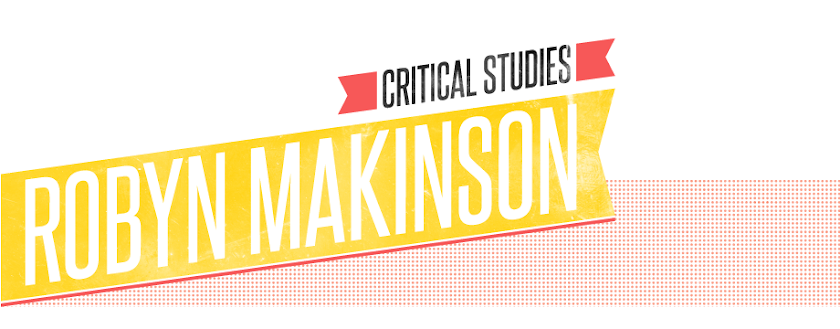Adorno goes as far to suggest that by subjecting ourselves to purely 'standardised' music we enter into a 'system of response mechanisms wholly antagonistic to the ideal of individuality in a free, liberal society'. Here he also reinforces the idea that even though many would argue individulity can be achieved through the masses of different genres available, he suggests that popular music is simply a 'multiple choice questionnaire'. Adorno entitles this 'pseudo-individualisation' and states that although we think we have free reign over what we choose to listen to it is pre-determined in production and later in marketing and advertising techniques. This is pinpointed in his essay by saying all popular music has a 'fundamental identity of the material' and 'great similarity of presentation apart from their emphasized distinguishing trademarks'.
My personal choice for a modern day example of what Adorno would call a 'freezing of standards' is a song taken from The Kooks 2006 album Inside In/Inside Out. I chose this because by 2006 the genre known as 'indie' had already been around for nigh on 10 years and it was beginning to sound a little stale. For example bands like Razorlight, The Arctic Monkeys, The Killers and The Libertines all appeared and became popular artists within the same few years, with all their material sounding very similar in my own personal opinion. What was worse was the image of the bands; it seemed as though any one with bed-head, skinny jeans and an ill fitting t-shirt/leather jacket combo had guaranteed record sales. I'm sure when indie artists were first starting to get recognised in the early 2000's, such as Modest Mouse, the music was fresh and at least trying to 'circumvent standardisation', however it was inevitable that eventually the composition would begin to 'hear for the listener' instead of vice versa.



